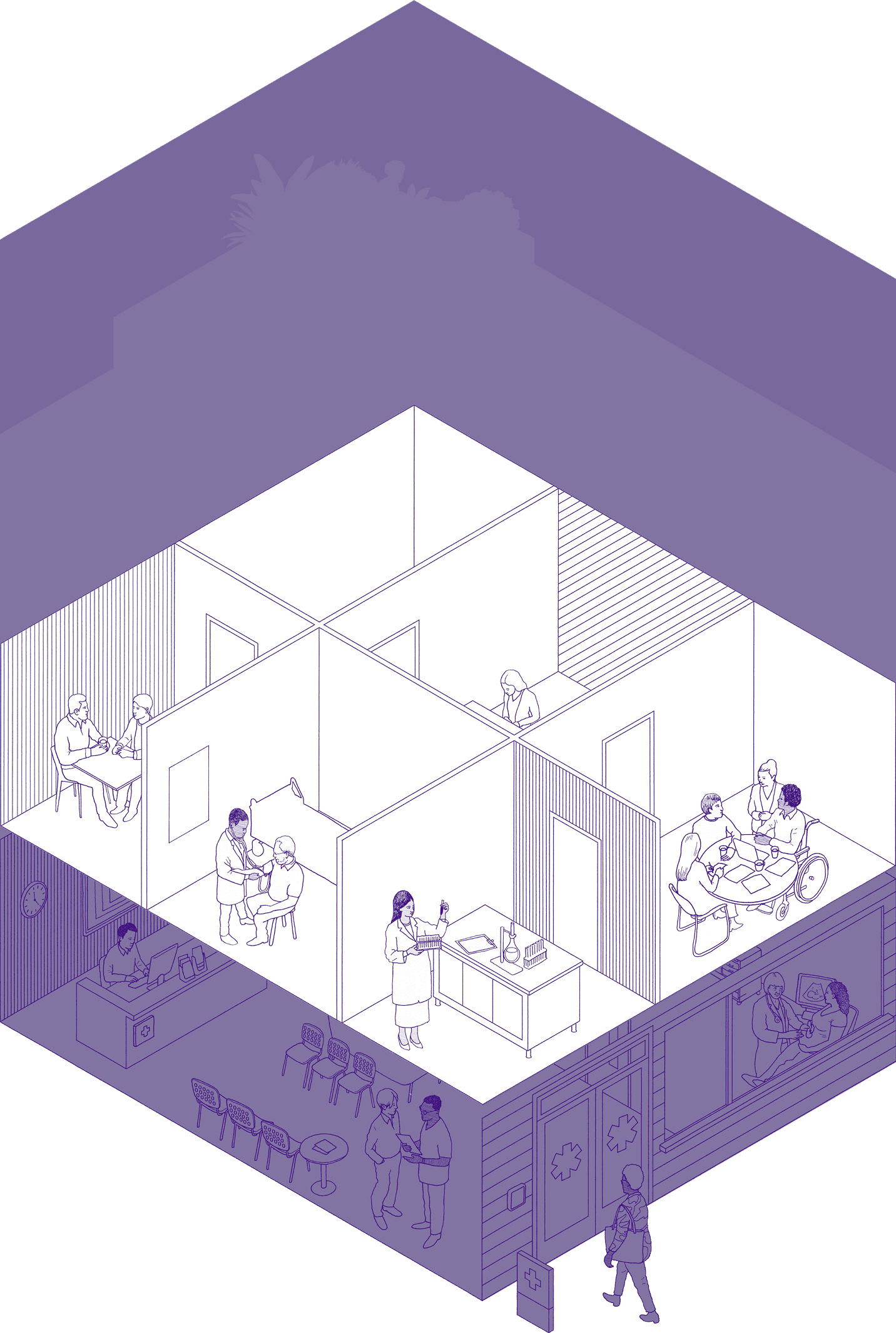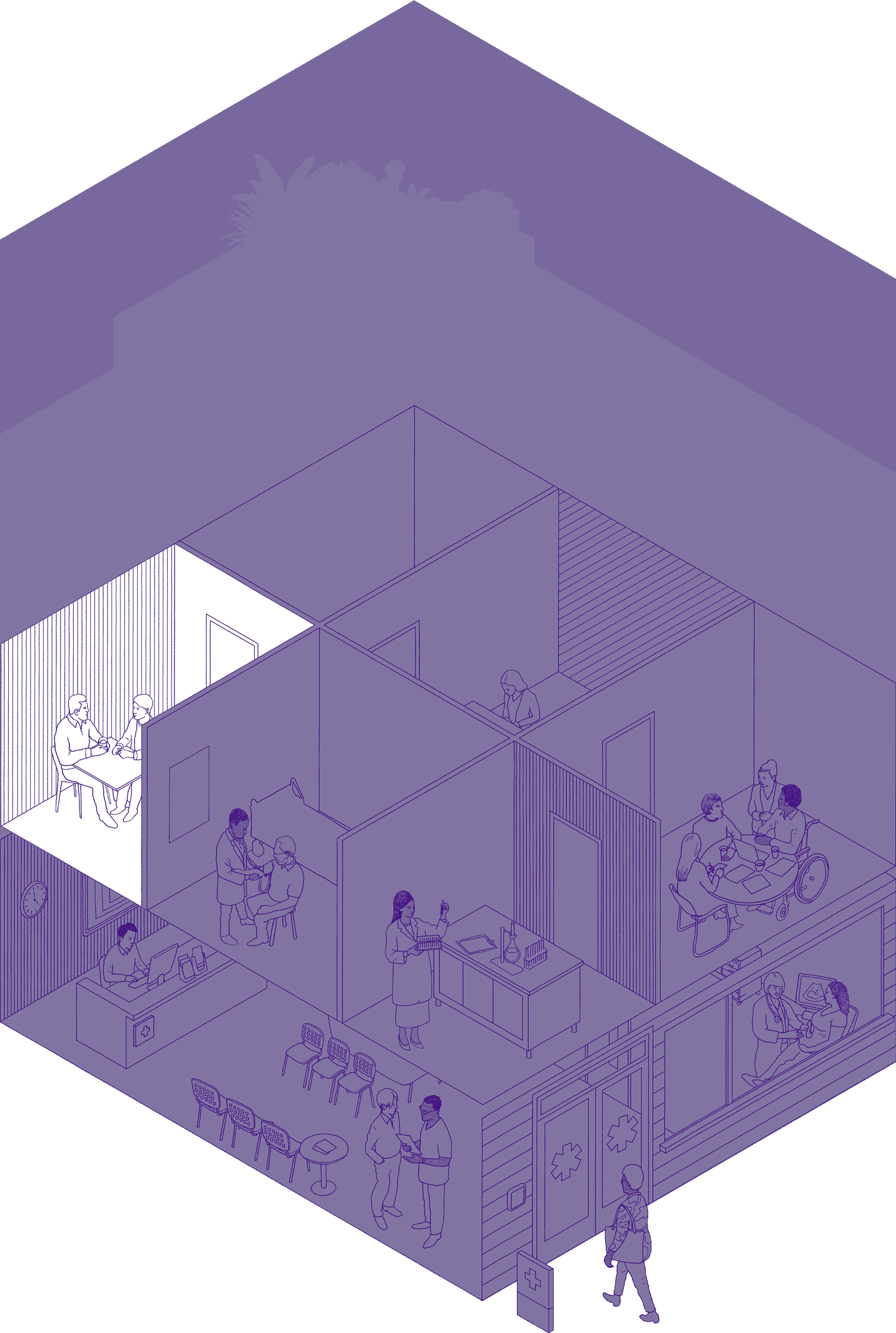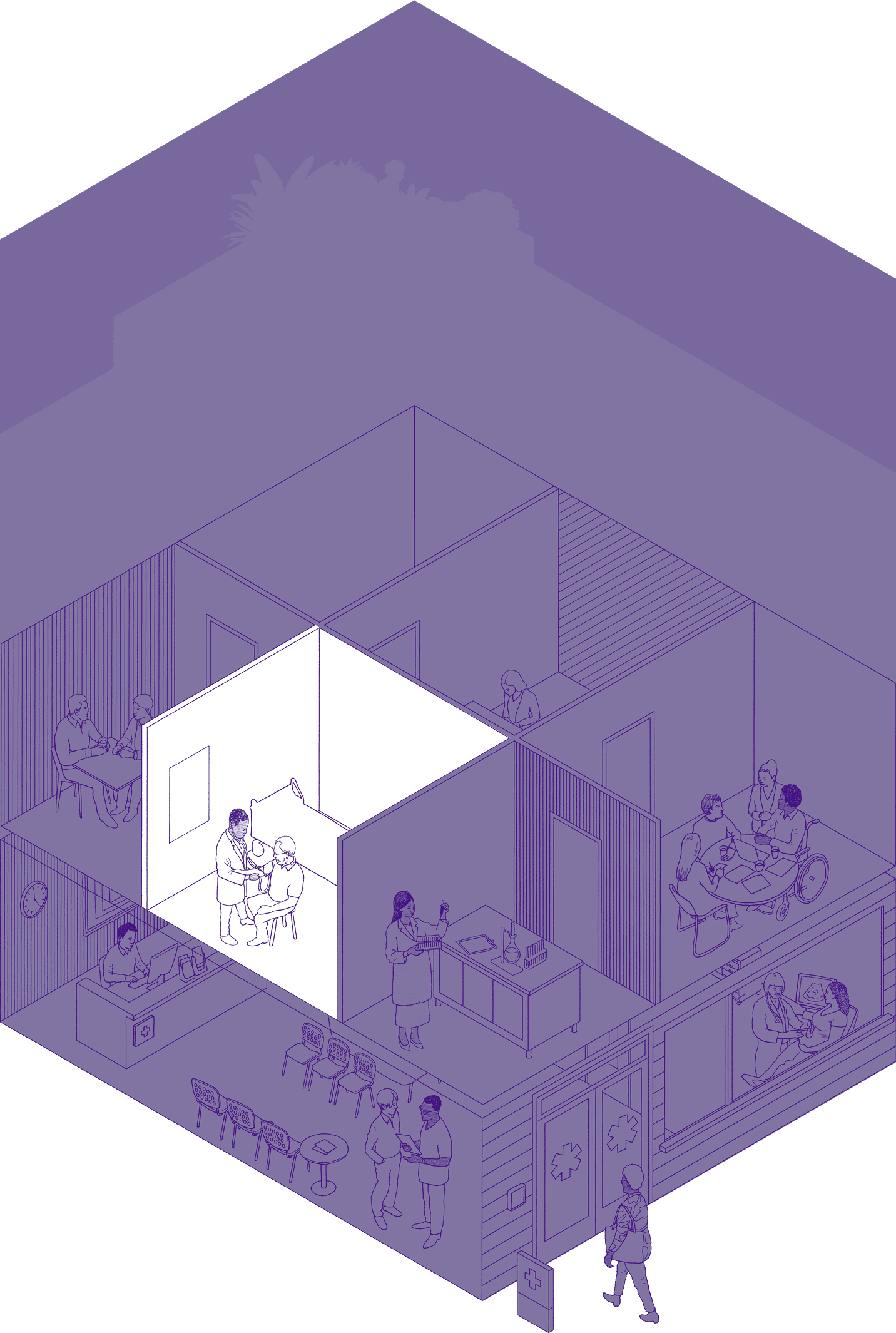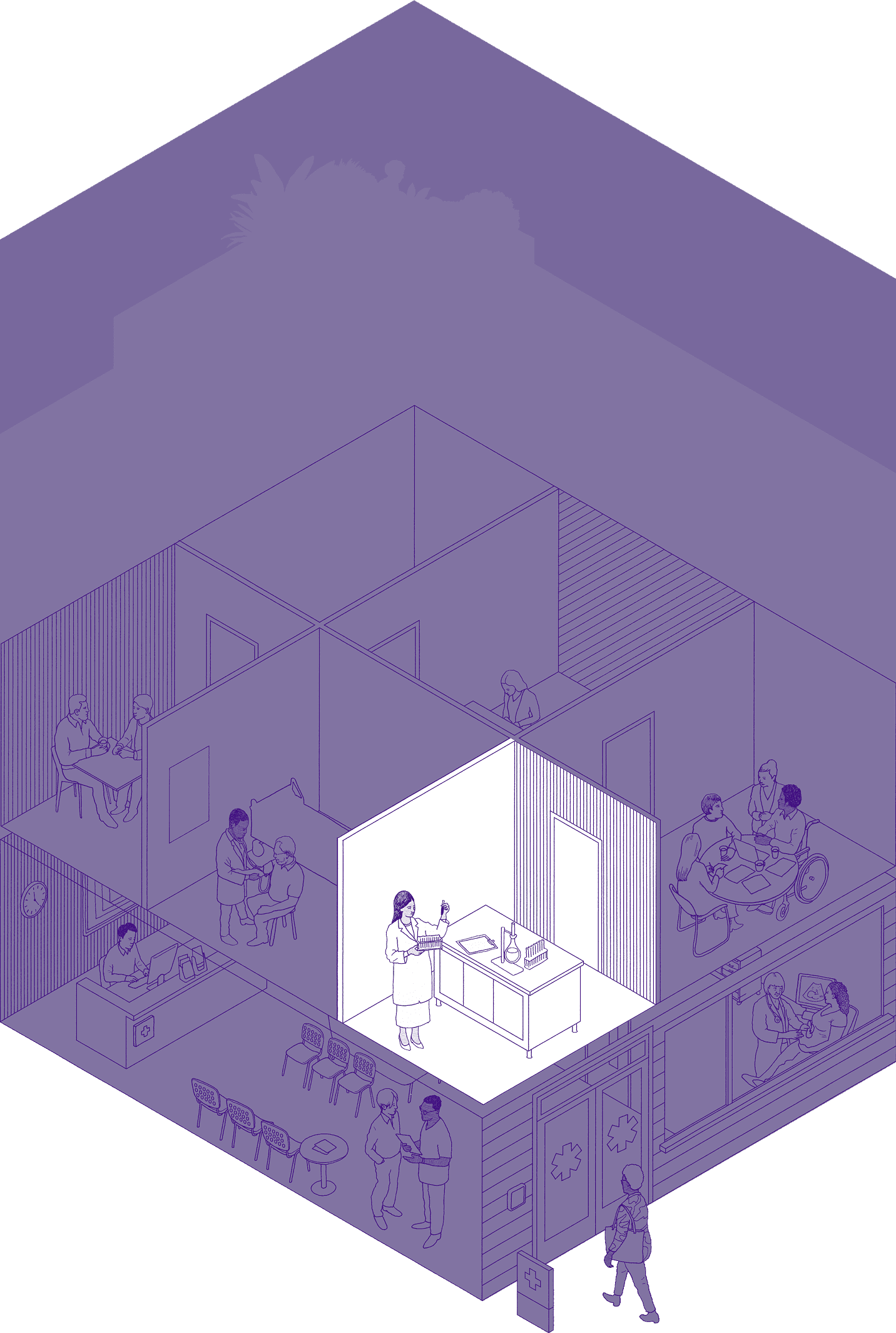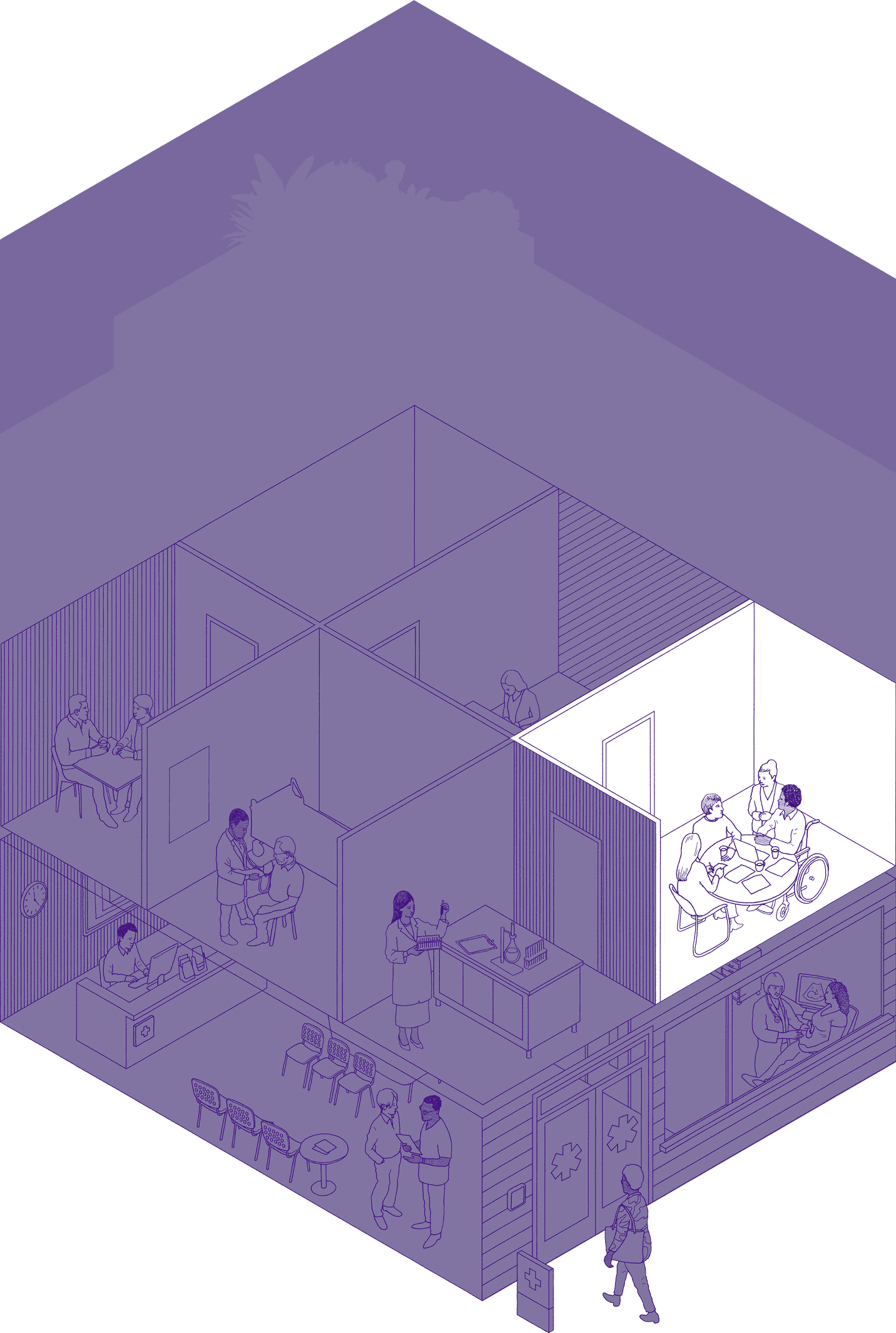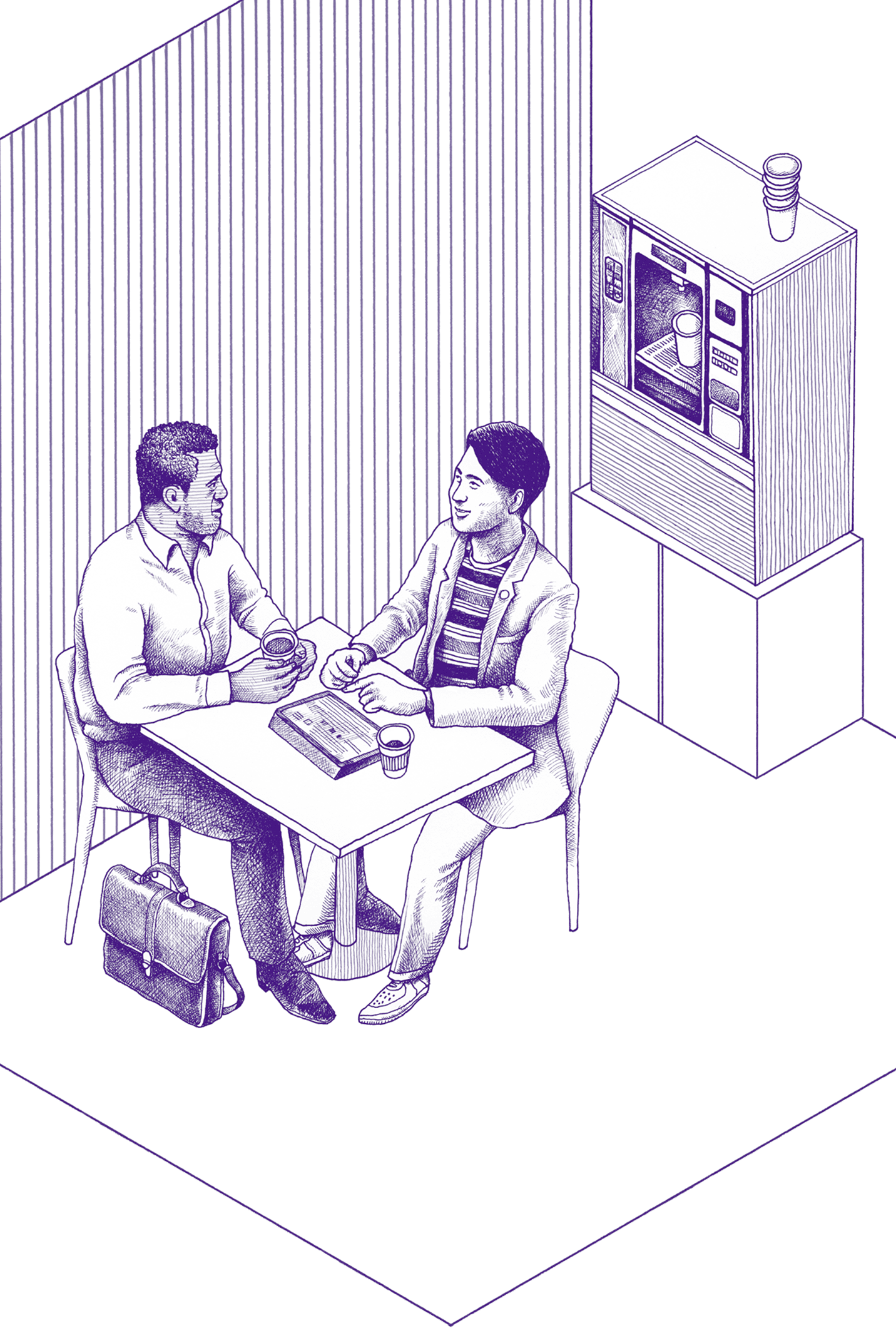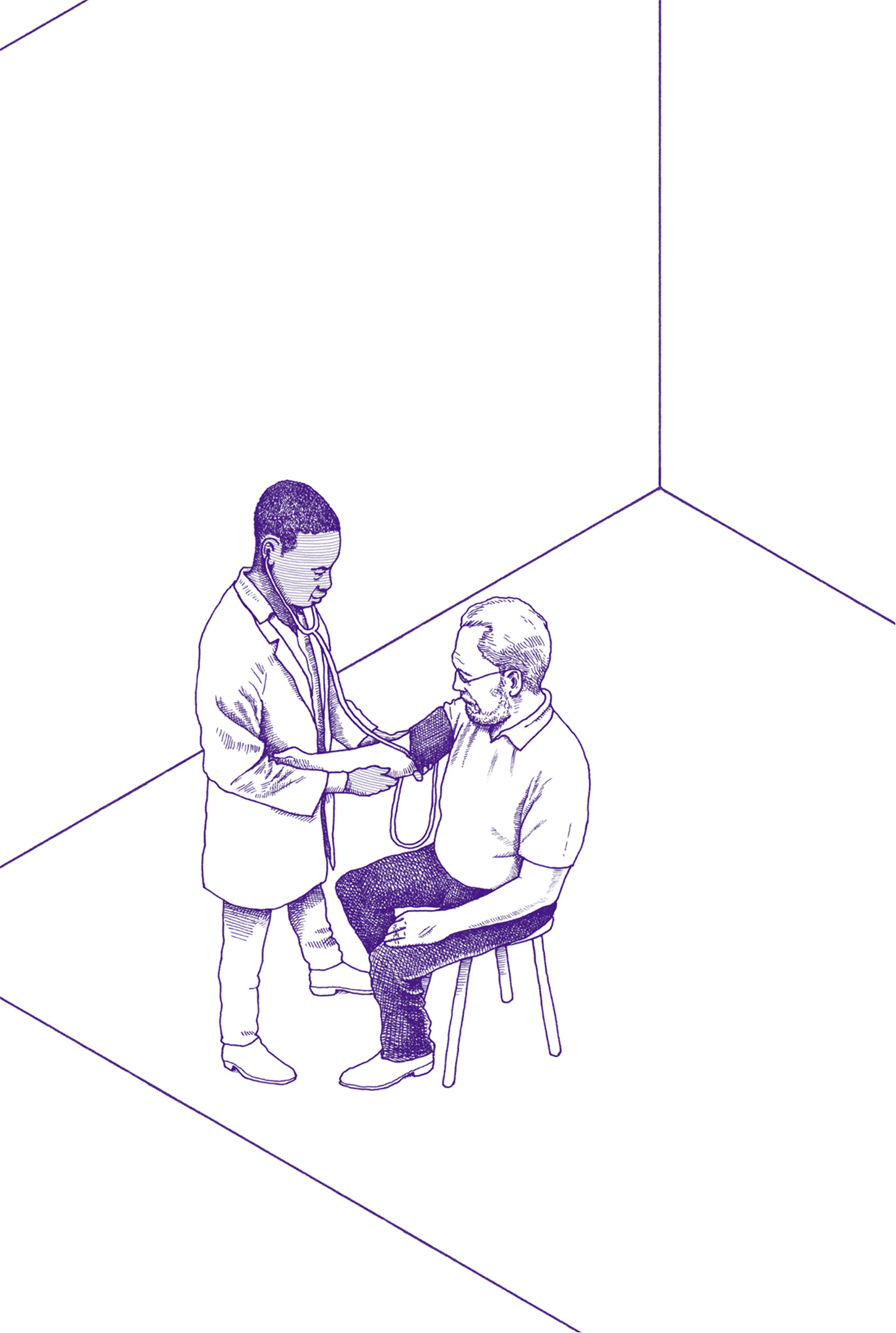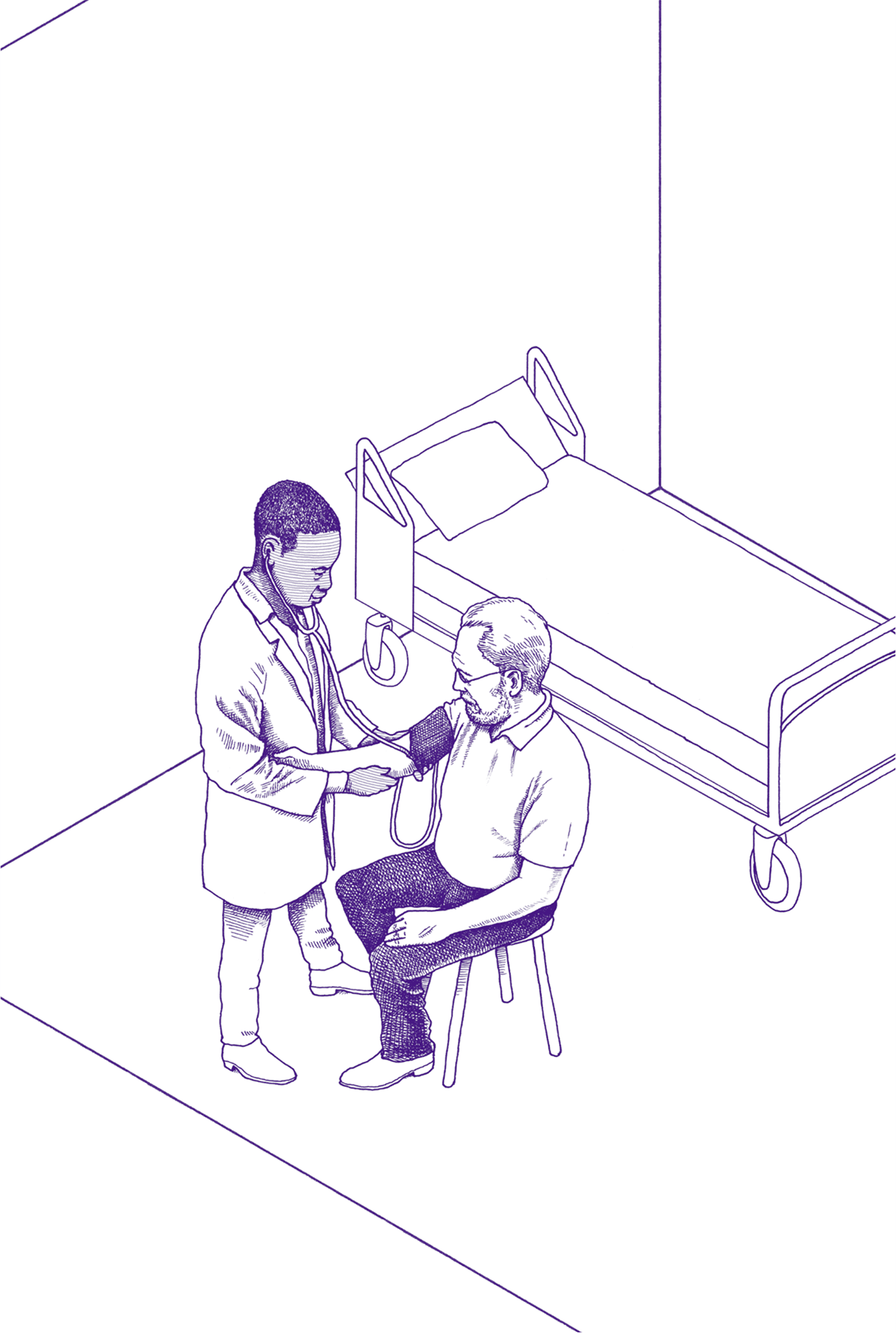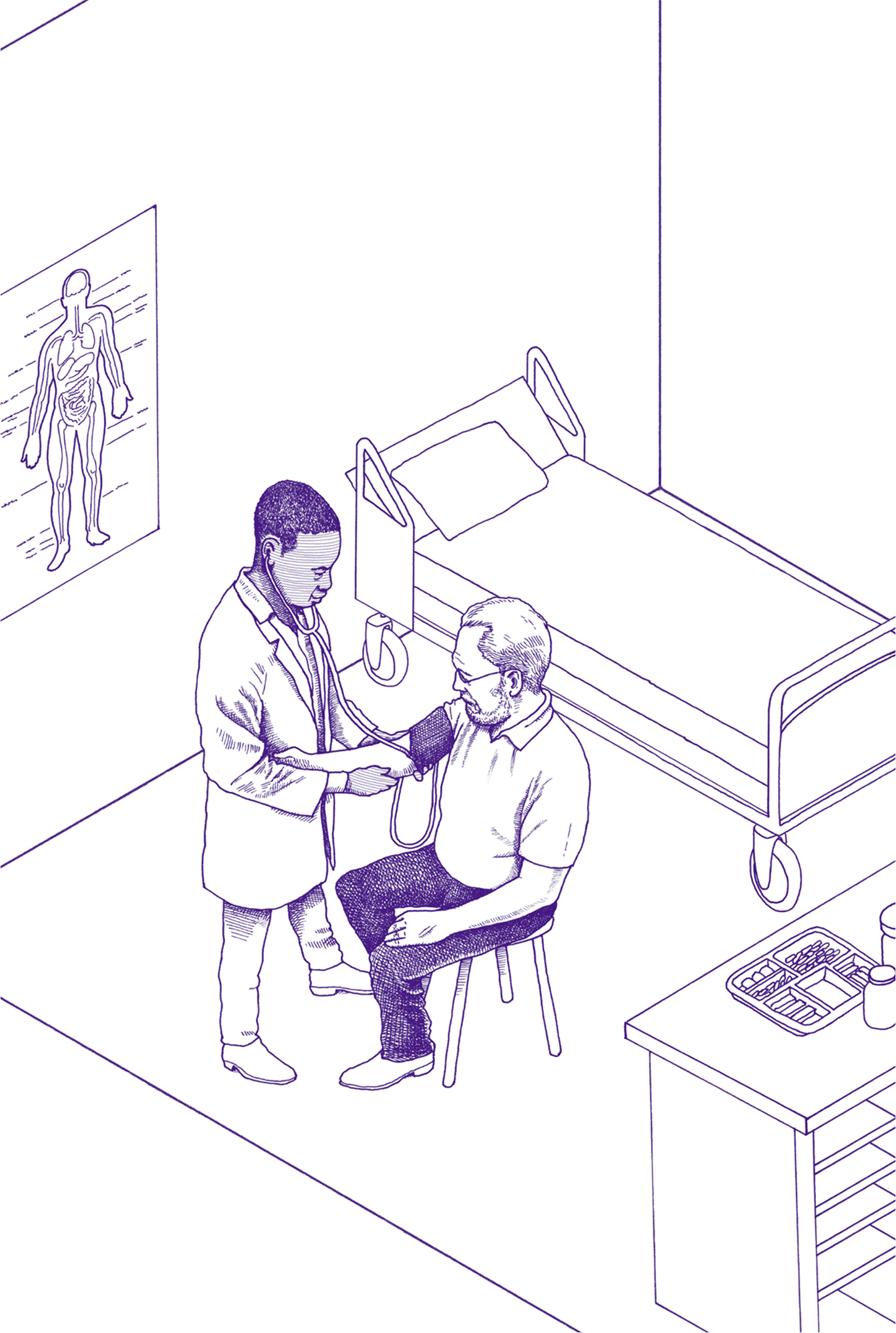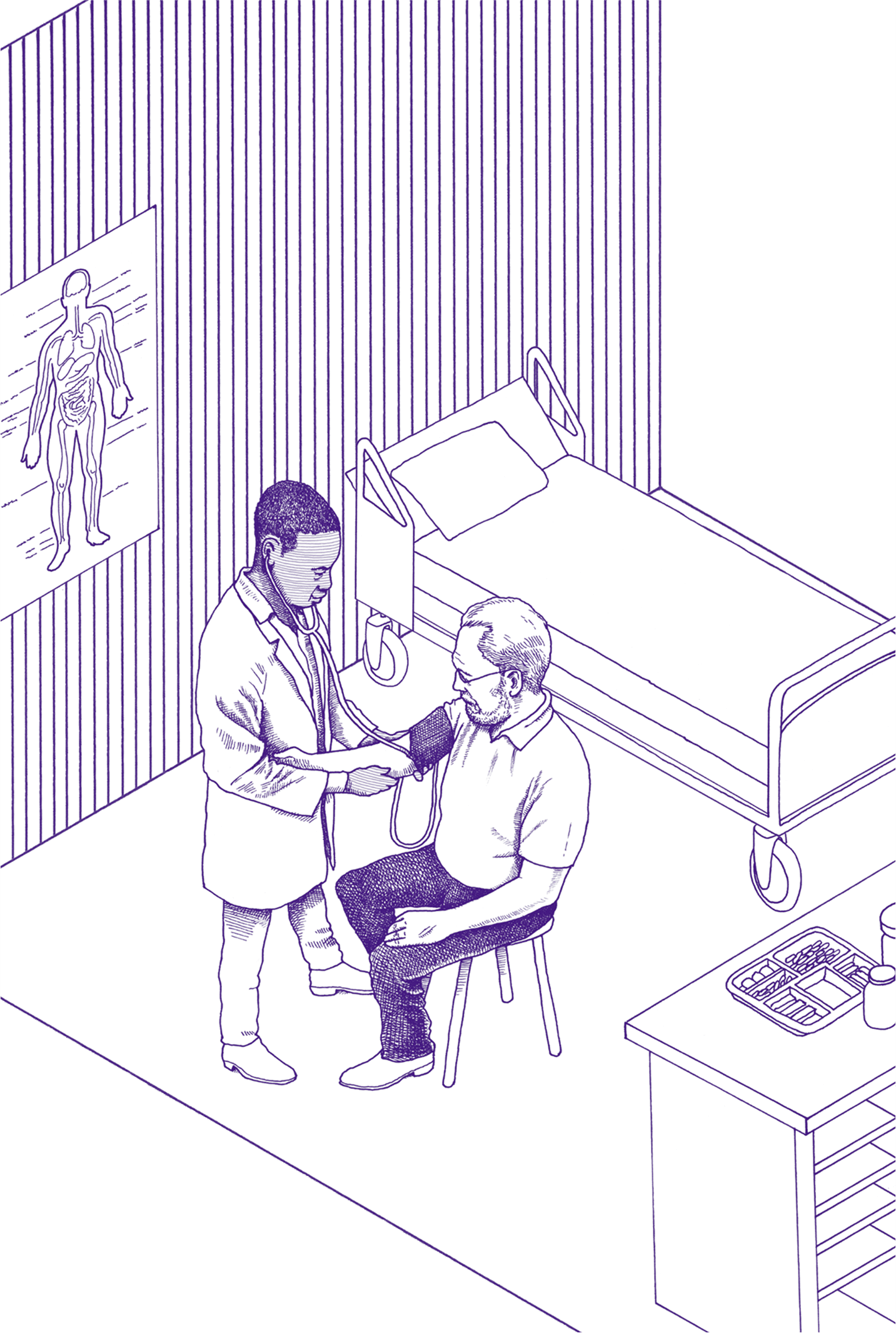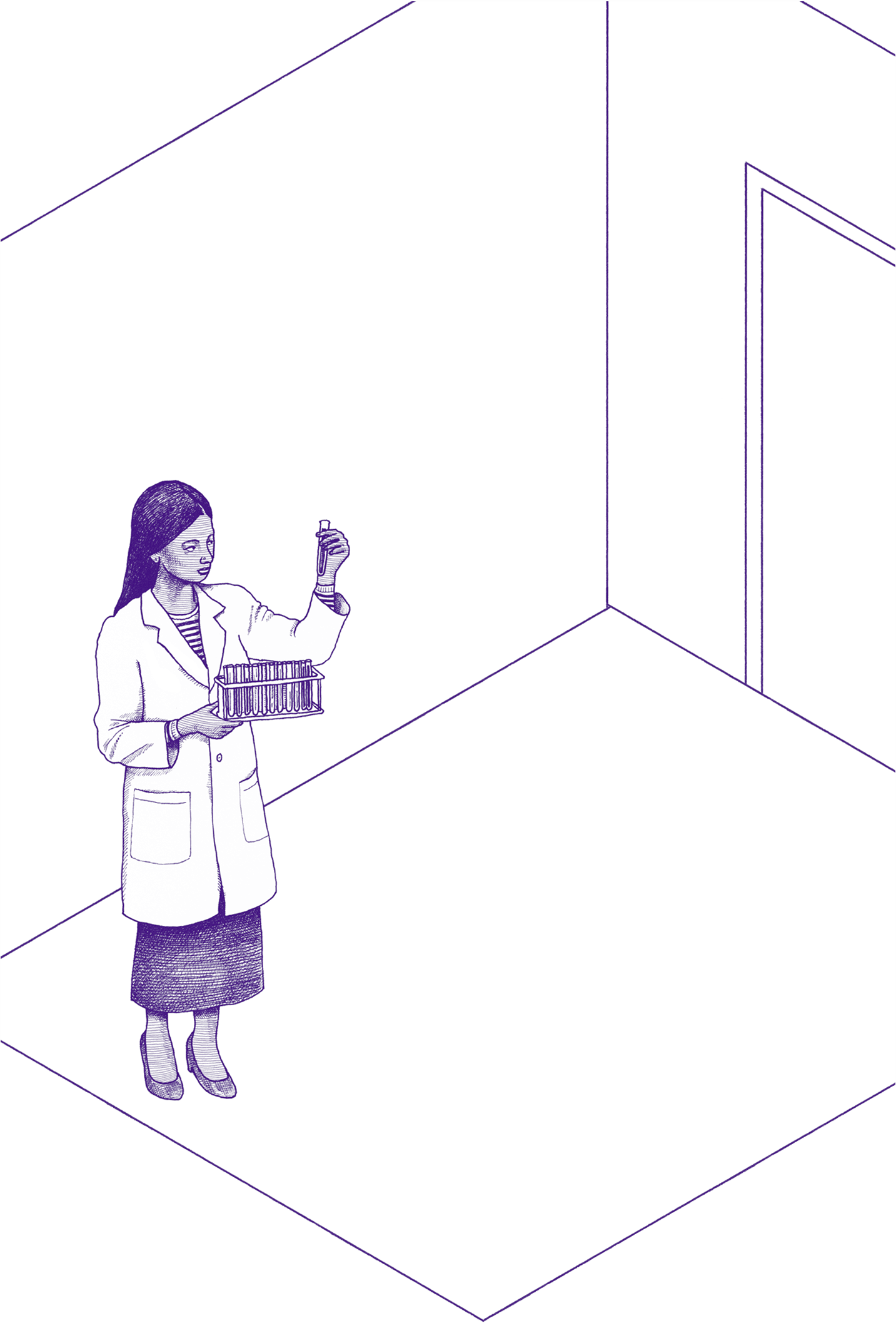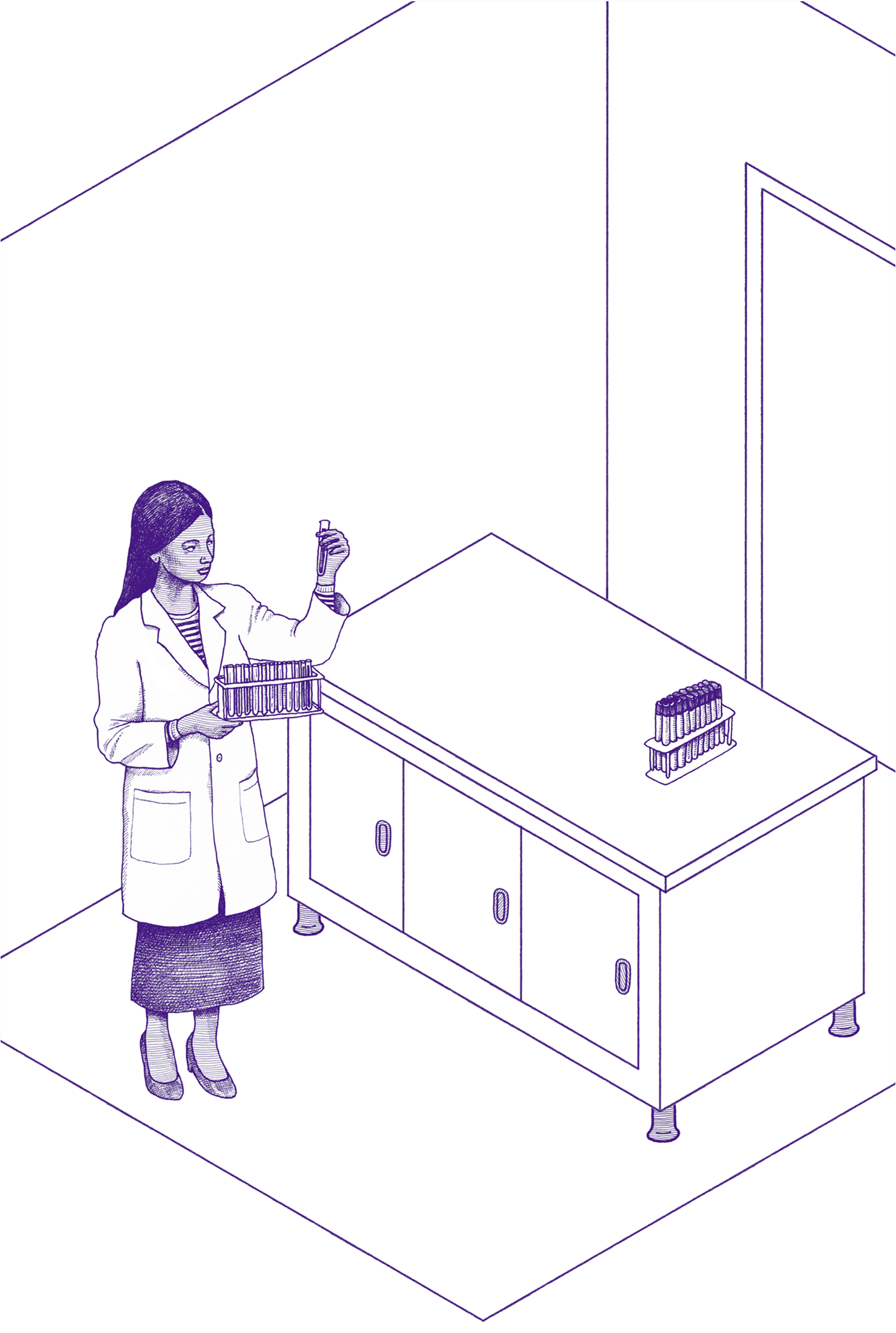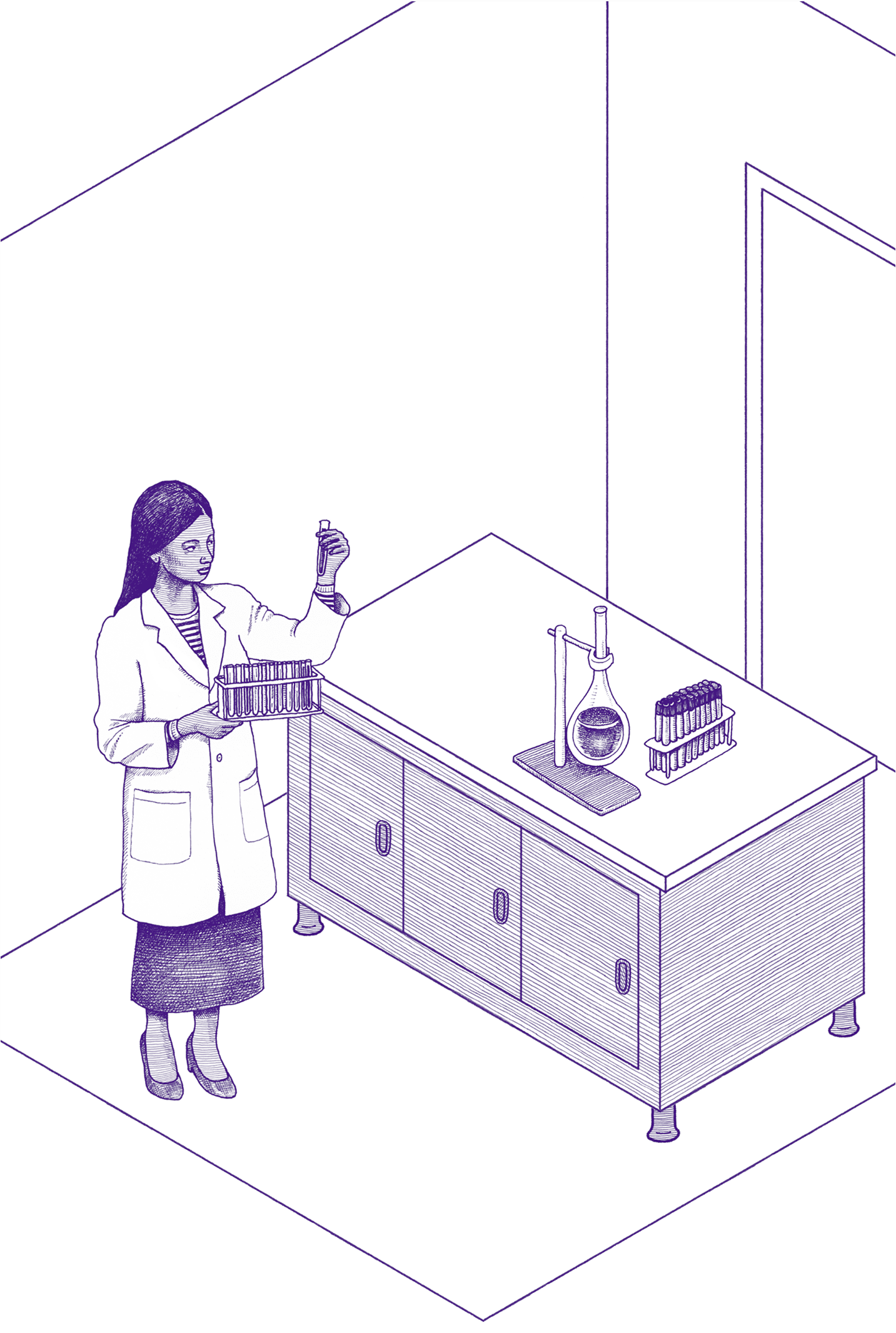Building interoperable systems
That’s 90% of the U.S. population.
Infrastructure based on application programming interfaces (APIs) is key to building interoperable systems. By promoting effective data-sharing and collaboration between government agencies, API-first infrastructure helps drive down system costs and promotes positive outcomes for the public.
Improving Medicare care coordination with an API website
Image caption
We’re working with CMS to redesign API websites with a focus on user-friendly content and documentation, empowering Medicare enrollees and their providers with secure access to health care data.
Improving Medicare care coordination with an API website
To ensure Medicare enrollees receive high quality care, the Centers for Medicare & Medicaid Services (CMS) is leading efforts to give enrollees and their providers secure access to health care data. That’s why we partnered with CMS to redesign websites for key application programming interfaces (APIs) that serve Medicare claims data. We started with the agency’s website for AB2D, an API that provides Prescription Drug Plan Sponsors (PDPs) with claims data. The revised website prioritizes user-friendly content and technical documentation, ultimately helping increase AB2D adoption.
Our shared work is contributing to positive outcomes for Medicare enrollees. By empowering PDPs with data, we’re helping them improve care and medication coordination, identify and monitor the effectiveness of treatments, and aggregate enrollee information in one place.
Before redesigning the website, we helped CMS assess the current state of their API websites and identify strengths, gaps in content, and opportunities to improve engagement and accessibility. We leveraged a plain language and content-first approach to help CMS revise the website content, enabling CMS to target content gaps and improve user experiences. We helped CMS design the website's pages one at a time to enable regular feedback and iteration.
Then we helped CMS develop the website using a continuous integration pipeline and trunk-based development strategy. This means we used a collaborative development strategy with CMS by merging small, continuous updates to the website in a test environment. This practice lets developers and designers preview and test changes in a single, shareable space. Finally, we leveraged cloud-based infrastructure to support continuous deployments to the production environment. This approach helped CMS ensure consistency across the production and development sites and avoid unexpected bugs.
We’ll continue partnering with CMS to redesign at least two additional API websites, establishing maintainable plain-language and content standards along the way.
To learn more, read our case study.
This report was prepared by Nava. The views expressed are those of the authors and do not represent an official statement, policy, or endorsement by the Centers for Medicare & Medicaid Services.
Optimizing the Medicare claims submission process
Image caption
Consolidating CMS’s claims submission process will enable the agency to better serve Medicare enrollees with streamlined, dependable, and transparent claims processing.
Optimizing the Medicare claims submission process
When a Medicare enrollee visits a health care provider, the Centers for Medicare & Medicaid Services (CMS) and their Medicare Administrative Contractors (MACs) must process the claim for benefits. Currently, MACs receive claim submissions from health care providers and submit them to CMS using seven disparate systems that are proprietary to the MACs. Though this process is effective, CMS tapped Nava to help consolidate the seven systems into one electronic data interchange (EDI) gateway. The consolidated EDI gateway will serve as a unified front-end solution for key claims processing activities between CMS and their partners, saving CMS millions of dollars every year.
First, we helped CMS build an EDI gateway prototype to test with one partner MAC before scaling. Prototyping with one MAC enabled CMS to monitor performance and address issues without juggling tests across all seven MACs. The prototype will inform the final, custom-built EDI gateway for CMS, which will accept certain types of Medicare claim submissions and replace the large, distributed system with a more standardized process.
Next, we helped CMS transition into a parallel production environment. This enabled CMS to increase the number of claims passing through the parallel production environment while continuing to perform real-time claims processing. This also helps CMS implement the new EDI gateway without disrupting enrollees, providers, and claim submitters.
When complete, the consolidated EDI gateway will give CMS insight into claims the system rejects, helping the agency detect and address common mistakes or fraud. Further, the EDI gateway will track all claim submissions that MACs submit, ensuring every claim submission is processed and routed to the correct CMS adjudication system. By building foundational infrastructure that’s easily maintainable, CMS can better serve Medicare enrollees through streamlined, dependable claims processing.
To learn more, read our case study.
Advancing health care data interoperability with FHIR
Image caption
We’re partnering with federal agencies to advance health care interoperability, enabling hospitals and clinics to easily share electronic health records.
Advancing health care data interoperability with FHIR
It’s crucial for electronic health records (EHRs) to be readily available and understandable by health care workers and other key stakeholders. However, health care entities such as hospitals or clinics may store EHRs in different data formats, posing problems for interoperability, clinical decision-making, and cross-organizational collaboration. To help our partners advance health care data interoperability, Nava is building capabilities in the Fast Healthcare Interoperability Resources (FHIR) standard.
FHIR is a standard developed by Health Level Seven International (HL7) for exchanging health care data. FHIR offers a standardized format for data-sharing, regardless of how individual health care organizations store data, and it’s flexible enough to serve a variety of use cases across health care and public health. Adopting FHIR-based technology also helps government reduce costs, enhance security, and improve scalability.
This year, we worked with several of our government partners to build, maintain, and enhance FHIR-enabled products that grow their impact and efficiencies within the health care ecosystem. For example, we partnered with the Centers for Medicare & Medicaid Services (CMS) to design, develop, and operate their Blue Button 2.0 (BB2.0) application programming interface (API) and associated FHIR database. By working toward a state of interoperability between CMS systems, health care providers, and third-party applications, BB2.0 is empowering Medicare enrollees and their caretakers with data to make informed decisions.
In addition to our direct work with government, we’ve grown our FHIR capabilities by engaging with the larger FHIR community. Our FHIR experts have attended and presented at several FHIR Connectathons — HL7’s international event for hands-on FHIR development and testing. We also spoke at a federal agency’s community of practice about our work building FHIR-enabled technology. Our FHIR expertise is helping shape a health care ecosystem that’s interoperable, flexible, scalable, and future-proof.
To learn more, read our case study.
This report was prepared by Nava. The views expressed are those of the authors and do not represent an official statement, policy, or endorsement by the Centers for Medicare & Medicaid Services.
Researching collaboration models for states
Image caption
Nava Labs conducted research with experts in government and civic technology to understand how states can share technology and resources for modernization.
Researching collaboration models for states
State collaboration models — whether between state agencies, state and federal government, or states and other stakeholders — can be a powerful tool to share technology and get more mileage out of funding. However, collaboration models can limit modernization if states aren’t empowered with the right funding, talent, capacity, and more. Nava Labs recently published a new report, Beyond technology: Modernizing through collaboration, that explores what factors promote or hinder effective collaboration and how to facilitate successful implementation of modern digital systems.
To research the report, Nava Labs interviewed experts in government and civic technology. These interviews helped us understand key barriers to modernization, such as policy that inadvertently prevents data-sharing, annual funding cycles that inhibit continuous improvement, and a lack of internal capacity and staffing. Research participants also helped identify ingredients for successful collaboration, including but not limited to empowered product leadership, modular technology, dedicated spaces to share knowledge, and executive champions who can align goals and unblock progress.
This work stems from years researching the Special Supplemental Nutrition Program for Women, Infants, and Children’s (WIC) technological infrastructure and how to improve it. Our WIC work revealed how existing WIC agency collaboration models, formal and informal, can be helpful or limiting to modernization efforts, depending on the context. We sought to understand if modernization efforts for other federated programs face similar challenges. Further, we wanted to explore what government staff and stakeholders can do to overcome those challenges, offering insights for government modernization as a whole.
To learn more, read the report.
